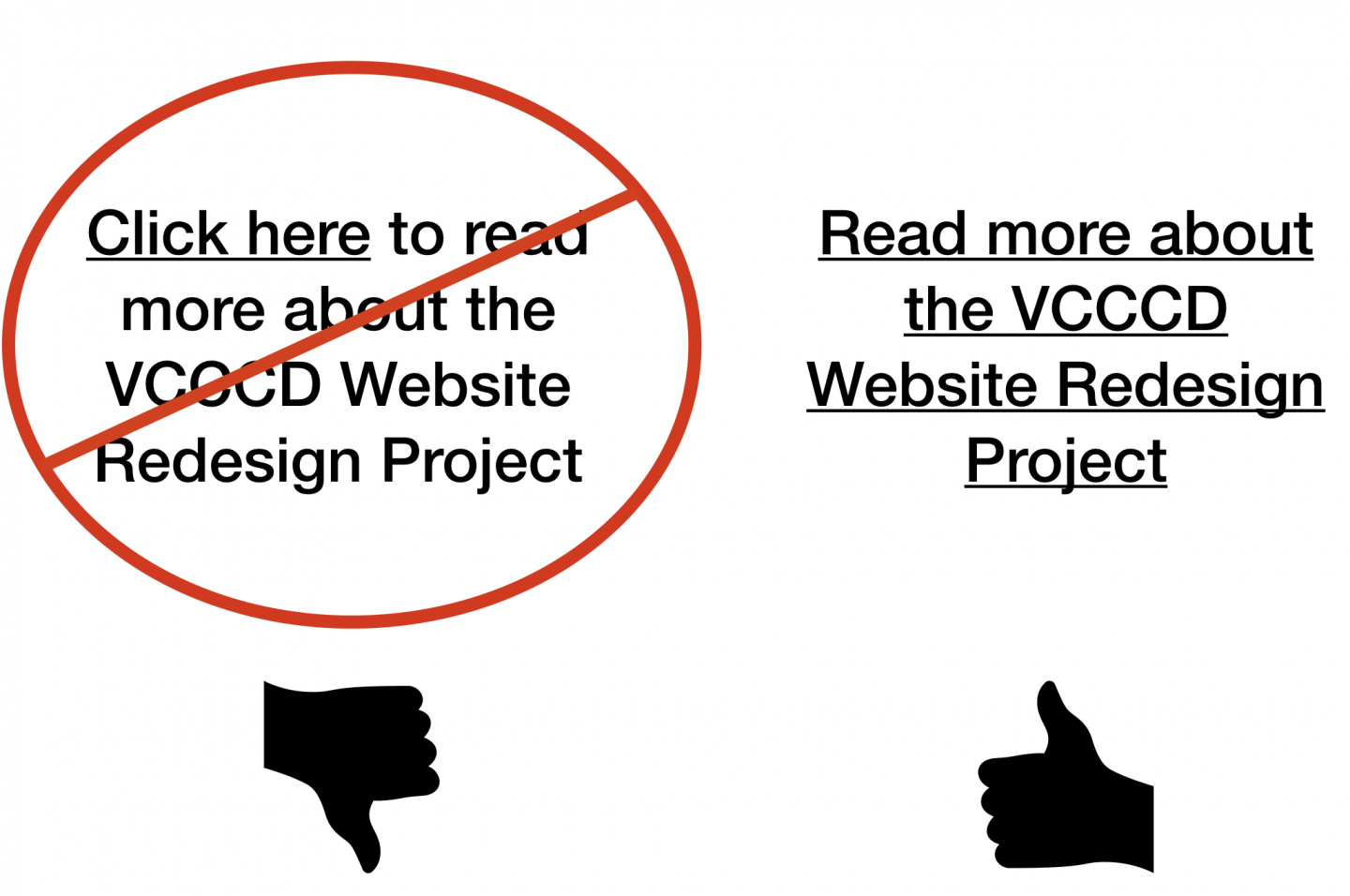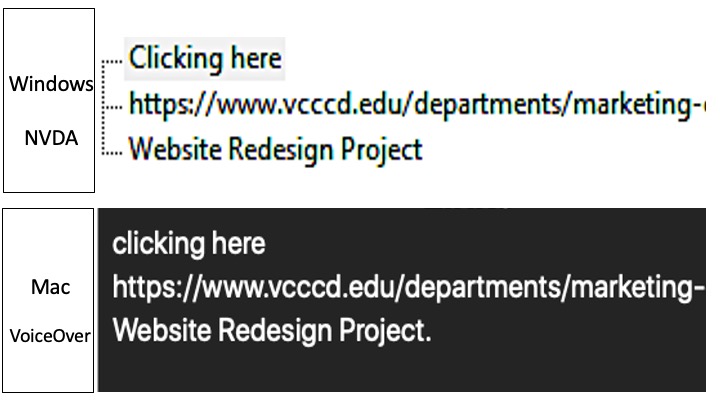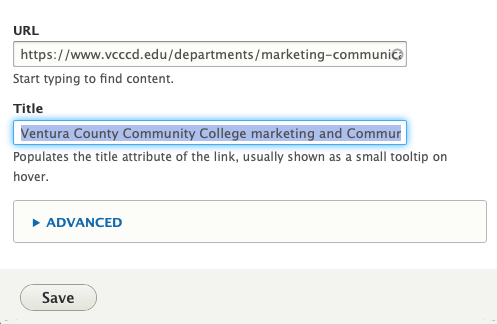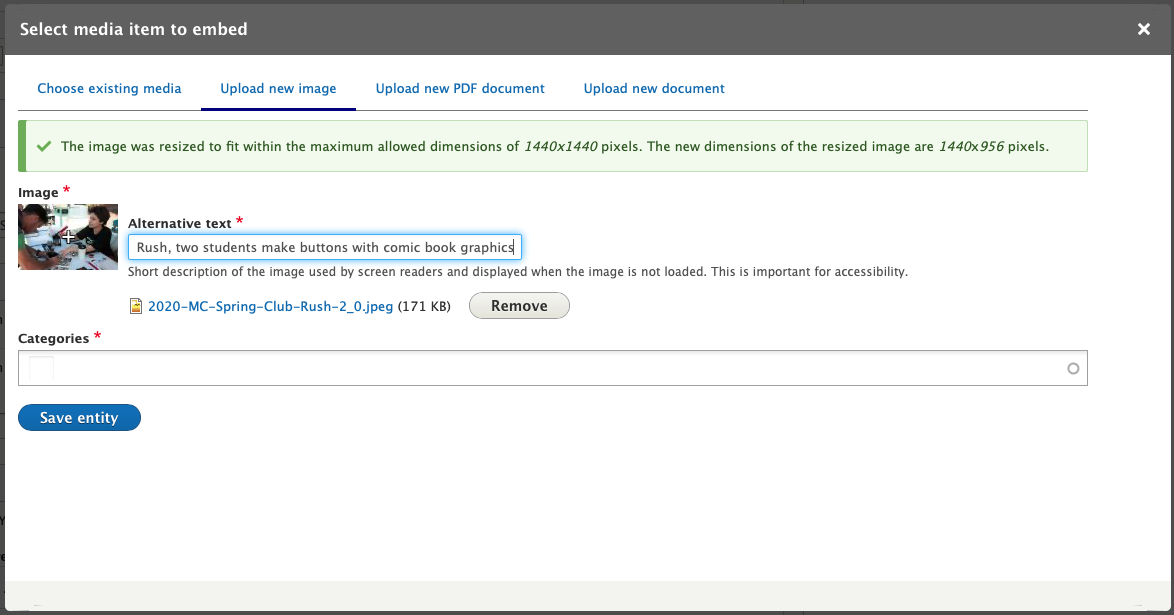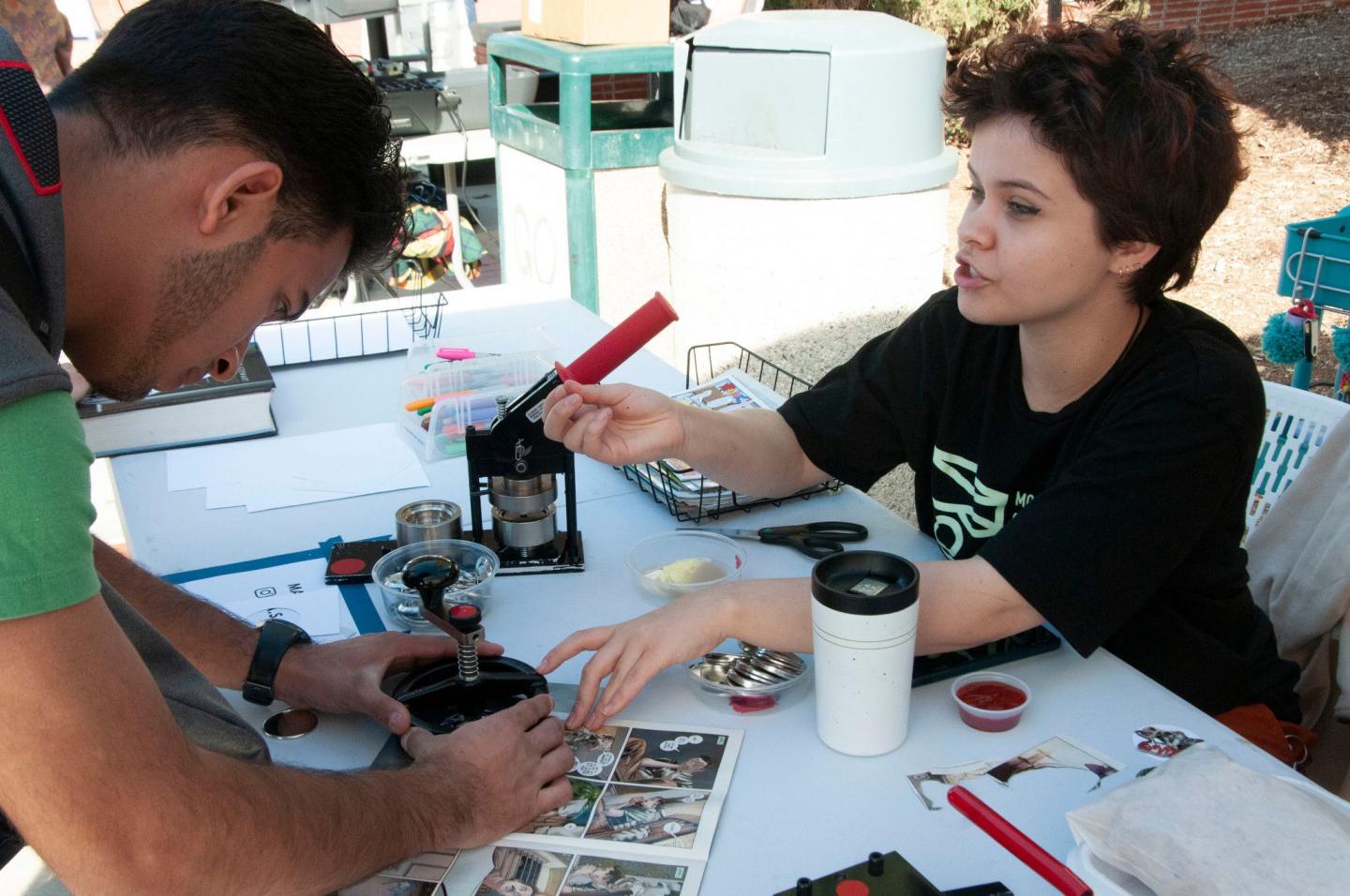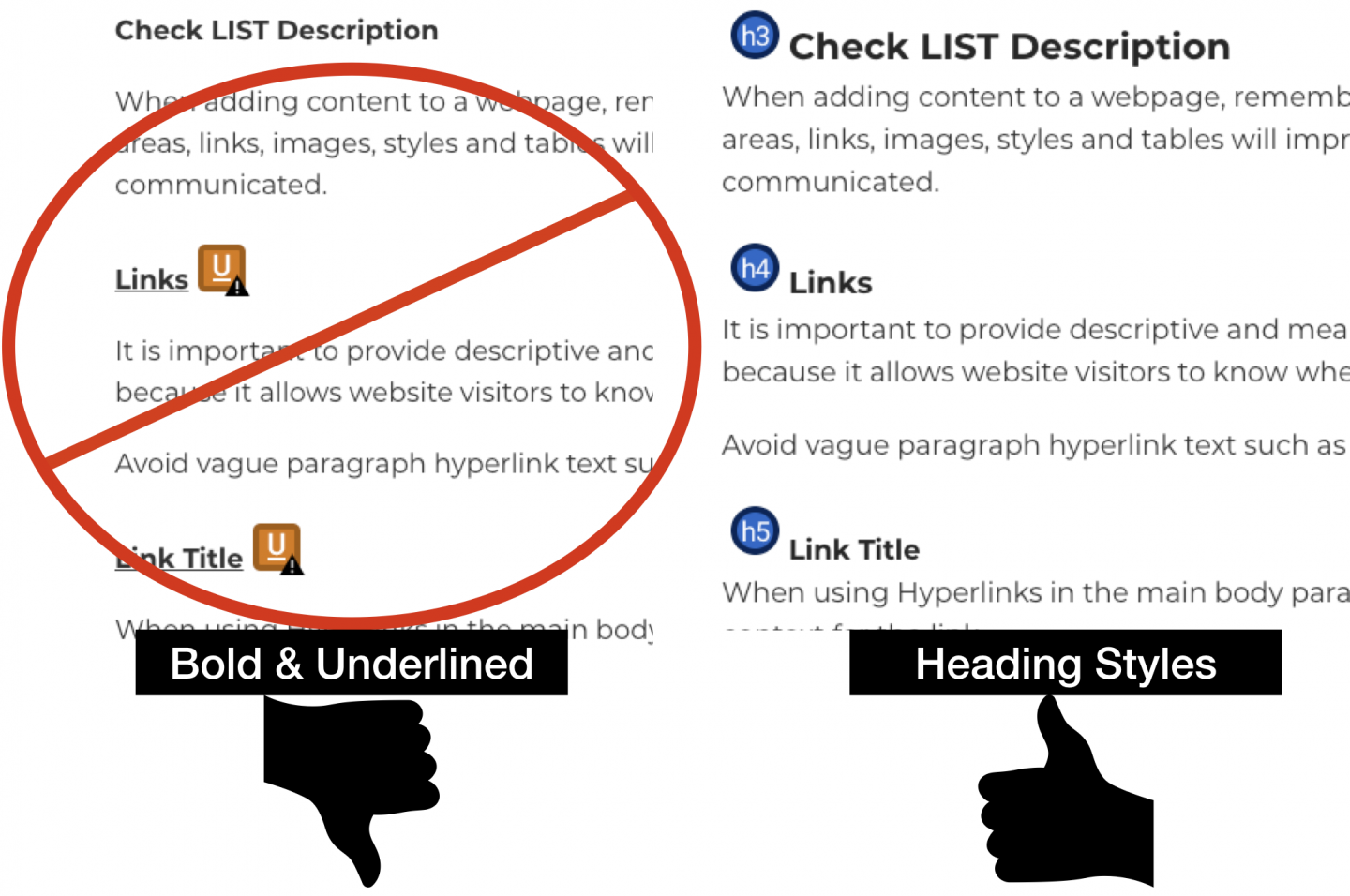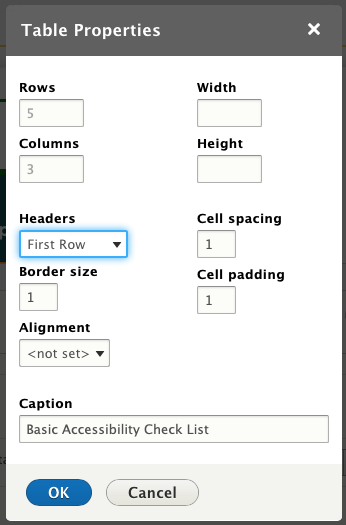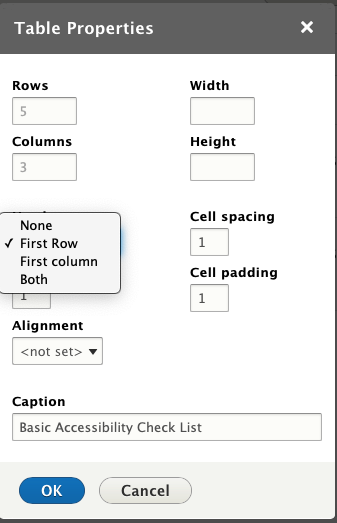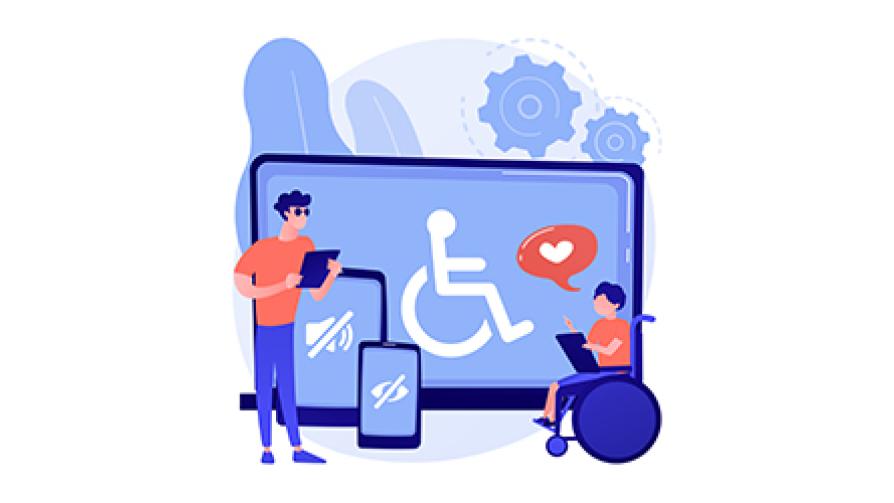VCCCD Accessibility
Ventura County Community College District (VCCCD), believes that higher education should be available to everyone and we support a diverse community that includes people with disabilities. In this spirit and in alignment with the California Community Colleges, we are committed to accessibility for all students, faculty, staff, and our community.
VCCCD is fully committed to making information and communication technology, instructional technology, and student, employee, and community communications accessible. VCCCD views accessibility of such material as foundational to our mission and consistent to the Board of Trustees Strategic Goals. As such, the VCCCD Board of Trustees established policy to affirm accessibility expectations.
Report an Accessibility Problem.
PDF and Documents Disclaimer
Some of the documents that can be found on www.vcccd.edu, www.moorparkcollege.edu, www.oxnardcollege.edu, and www.venturacollege.edu may not be readily accessible to those who use machine reading/alternative media technologies. Should you come across documents and/or media on any of our sites that are not accessible with alternative media technology, please Report an Accessibility Problem.
Students with Disabilities
Any student who attends Moorpark, Oxnard, and Ventura Colleges is encouraged to contact college Disabled Students Programs and Services (DSP&S) Offices for services and accommodations.
Moorpark College - ACCESS (Accessibility Coordination Center and Educational Support Services)
Address: 7075 Campus Road, Moorpark, CA 93021
Phone: (805) 378-1461
Email: mcaccess@vcccd.edu
Web: MC ACCESS Homepage
Oxnard College - EAC (Educational Assistance Center)
Address: 4000 South Rose Avenue, Oxnard, CA 93033
Phone: (805) 678-5830
Email: oceac@vcccd.edu
Web: OC EAC Homepage
Ventura College - EAC (Educational Assistance Center)
Address: 4667 Telegraph Road, Ventura, CA 93003
Phone: (805) 289-6300
Email: vceac@vcccd.edu
Web: VC EAC Homepage
What is Digital Accessibility?
Digital accessibility supports and reduces barriers for everyone.
Opportunities and possibilities are available to everyone when digital accessibility is practiced.
For some, digital accessibility is a set of rules to follow and for others it is a way of life.
Without digital accessibility, some individuals are locked out, denied access, frustrated, limited, discouraged, and disappointed.
Digital accessibility is a priority, a forethought, and an everyday thing.
Who is Digital Accessibility for?
Digital accessibility is intended for individuals with disabilities, but everyone benefits from accessible content.
Around 15% of the global population – over a billion people – live with some form of disability
Digital Accessibility is for everyone
| Videos | Media Alternative |
|---|---|
| Apple - Accessibility - Sady (with Audio Descriptions) |
CC, AD,
|
| Disability and Innovation:: The Universal Benefits of Accessible Design | CC, Transcript coming soon. |
| Designed for Patrick L | CC, AD |
| Designed for Shane R | CC, AD |
| Designed for Carlos V | CC, AD |
| Talking in Pictures: Reconstructing the Building Blocks of Language | CC |
| CC | |
| Living with a hearing impairment | Hear by Ellie Taylor | Documentary Short | Random Acts | CC |
| Vision Simulations | OC, AD |
Why make content Accessible?
- It is the right thing to do.
- Obligations to follow standards and guidelines
Do the right thing?
Designing content with accessibility in mind is the right thing to do.
Considerations for Digital Accessibility
- When an image is posted, is their sufficient information for the image to be perceived without sight?
- Is there a clear outline, can visitors easily scan down the page?
- When audio or video is posted, is a text alternative available?
- When information is complex, consider additional means of representation to support all users in perceiving and understanding the content.
Benefits of Digital Accessibility
- Encourages trust
- Positive experiences
- Enhances brand communication
- Innovation
Standards & Guidelines
- Section 508 Standards
- Web Content Accessibility Guidelines (WCAG)
The Section 508, Federal Accessibility Standards, recognize the international guidelines, WCAG.
The WCAG consists of four principles; Perceivable, Operable, Understandable and Robust.
POUR the accessibility principles into the workflow as digital content is being created or modified.
Digital Accessibility Check LIST
In many scenarios, the standards and guidelines can be followed by using a checklist.
- Links (Email, Phone, Website)
- Images (Alternative Text)
- Styles (Heading Styles)
- Tables (Table Caption, Table Headers)

